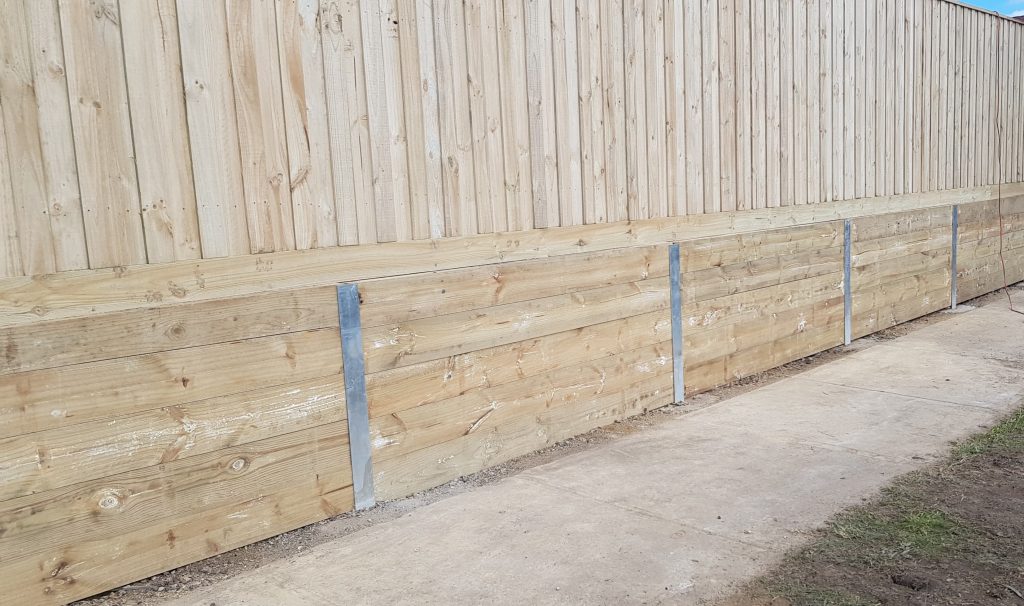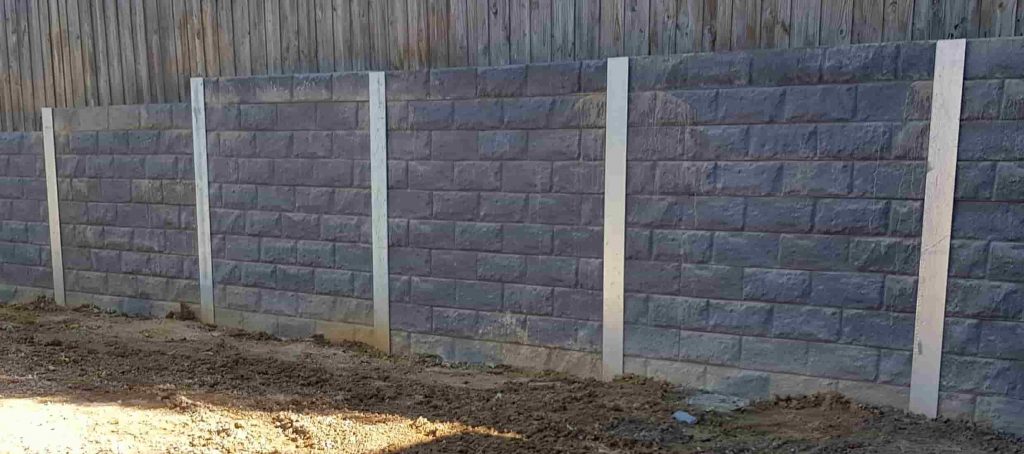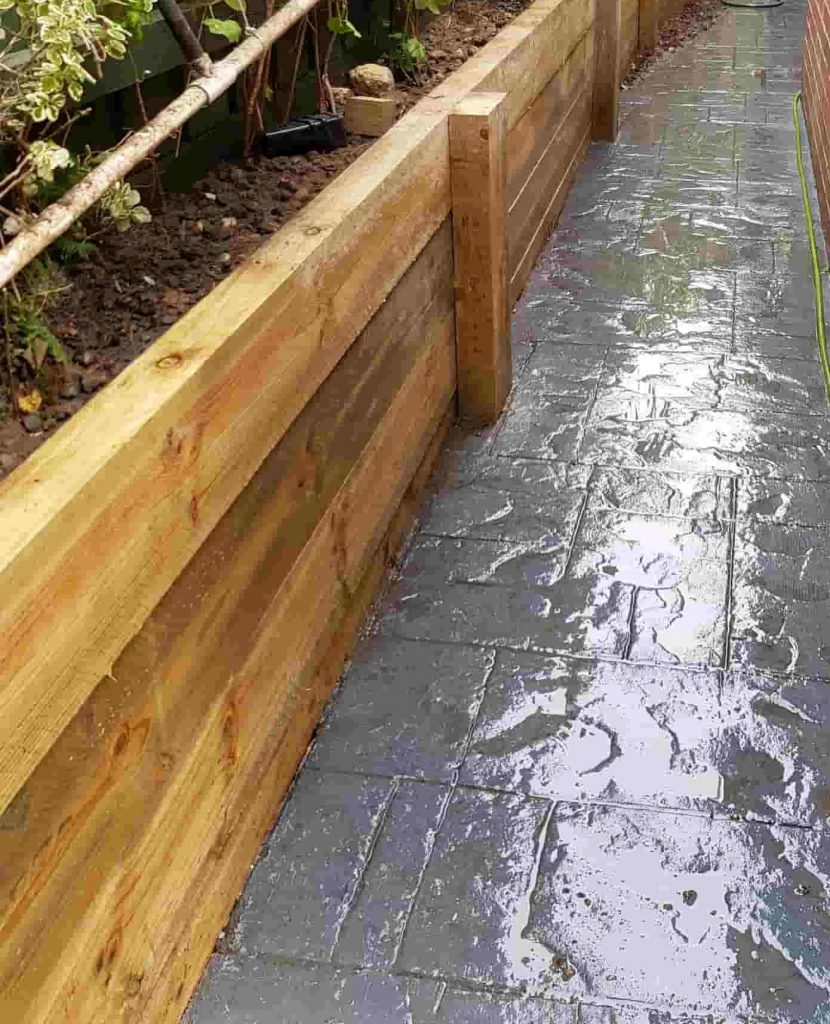Introduction
Constructing a retaining wall may appear a straightforward venture, however it's a task that calls for knowledge, skill, and careful planning. Whether you're looking to landscape your backyard or avoid soil disintegration on a slope, understanding the subtleties of retaining wall building and construction is vital. This guide will explore whatever you require to understand about retaining wall construction, from materials like timber sleeper and concrete sleeper to professional installation techniques using tools like H beams.
Let's embark on this journey together as we break down the intricacies of building reliable and visually pleasing retaining walls.
The Ultimate Guide to Retaining Wall Construction
Understanding Keeping Walls
What Are Retaining Walls?
Retaining walls are structures developed to keep back soil and prevent disintegration. They are essential in areas with sloping terrain where soil motion can be damaging. These walls not just stabilize the ground however can also enhance the landscape's beauty.
Types of Retaining Walls
Several kinds of maintaining walls are commonly utilized, each with its distinct benefits:
Gravity Walls: Rely on their weight to resist pressure. Cantilevered Walls: Usage utilize for stability. Anchored Walls: Usage cables or anchors for additional support. Sheet Stacking Walls: Use thin sheets driven into the ground.Each type serves different functions depending upon site conditions.
Choosing Products for Your Retaining Wall
Timber Sleeper Retaining Walls
Timber sleepers use a natural visual and are often selected for residential tasks. They are relatively simple to install and can https://telegra.ph/Concerns-to-Think-About-When-Selecting-a-Retaining-Wall-Installer-02-26 be dealt with for longevity. However, they may not be suitable for all environments due to vulnerability to rot.
- Benefits: Affordable Eco-friendly Easy installation Drawbacks: Less resilient than concrete Requires maintenance
Concrete Sleeper Retaining Walls
Concrete sleepers are getting popularity due to their durability and strength. They can hold up against considerable lateral pressure, making them perfect for taller walls.

- Benefits: Long-lasting Low maintenance Versatile design options Drawbacks: Higher initial cost More complex setup process
Understanding Soil Dynamics
Why Is Soil Knowledge Important?
Before constructing your retaining wall, it's essential to comprehend soil properties in your area-- this consists of soil type, drain capabilities, and wetness levels. Such knowledge influences both design and product option along with overall wall performance.
Soil Types That Affect Retaining Wall Design
Clay Soil: Expands when wet; needs proper drainage. Sandy Soil: Drains quickly but may move without support. Loamy Soil: Normally stable; balances wetness retention and drainage.Each type presents particular difficulties that could impact how you develop your retaining wall.
Planning Your Project
Do I Need a Permit?
In many jurisdictions, constructing a retaining wall needs permits due to security regulations. It's vital to inspect regional laws before proceeding.
Site Evaluation Checklist
When examining your site for building and construction, think about these factors:
- Slope angle Existing vegetation Water drainage patterns Proximity to structures or residential or commercial property lines
A thorough assessment ensures appropriate style choices tailored to your particular website conditions.
Design Considerations
Height Constraints for Retaining Walls
Most municipalities have height limitations for keeping walls-- typically between 4-6 feet without requiring additional engineering assessments or permits.
Aesthetic Options in Design
Your retaining wall does not have to be simply practical! Consider including decorative aspects such as:
- Natural stone facing Planter boxes on top Integrated lighting features
These additions can transform a normal wall into an attractive landscape feature.
Construction Techniques
The Role of H Beams in Support Structures
Using H beams offers structural assistance in taller keeping walls by providing anchorage against lateral pressures from soil behind the wall. This approach is particularly useful in business applications or where additional strength is required.
How do H beams work?- They disperse weight across multiple points.
- For larger walls or unsteady soils requiring additional support.
Installation Process Overview
Step-by-Step Installation Guide
Here's a thorough step-by-step guide on installing your picked type of retaining wall:
Site Preparation- Clear particles and level the ground.
- Dig a trench deep enough to accommodate the base product (normally gravel).
- Lay down gravel or crushed stone as a foundation layer for drain and stability.
- Start placement wood or concrete sleepers according to create specifications.
- Gradually fill behind the wall while guaranteeing appropriate compaction at each stage.
- Add any preferred finishing touches such as capstones or landscaping plants.
This methodical method decreases errors while taking full advantage of resilience and aesthetics.
FAQ Section
What is the very best product for a little garden keeping wall?
For small garden jobs, lumber sleepers can be a perfect choice due to their cost and ease of installation.

How long do concrete sleeper walls last?
Concrete sleeper walls typically last over 50 years when correctly set up and kept, making them an exceptional long-term investment.
Can I construct my own maintaining wall?
Yes! With appropriate planning, knowledge of materials like timber sleeper or concrete sleeper, and adherence to guidelines, DIY building is feasible!
What should I do if my wall begins leaning?
If you notice any leaning or shifting in your retaining wall, speak with a professional immediately! Early intervention can prevent further damage or collapse.
Is drain necessary behind my keeping wall?
Absolutely! Correct drain is important in preventing hydrostatic pressure accumulation which could compromise the stability of your wall over time.

Can I paint my concrete sleeper walls?
Yes! You can paint concrete sleeper walls; however, ensure you utilize specialized outside paints developed for durability versus weather condition elements!
Conclusion
Building a dependable and visually pleasing retaining wall includes more than simply stacking stones or lumber; it integrates knowledge of products like timber sleeper and concrete sleeper with an understanding of soil characteristics and correct building strategies using tools like H beams. By following this detailed guide-- The Ultimate Guide to Retaining Wall Construction-- you'll make sure that your job not only meets safety requirements however likewise improves the beauty of your home while standing strong versus nature's forces!
With appropriate preparation, products choice, attention to detail throughout construction-- and possibly looking for professional suggestions when needed-- you'll have a sensational addition that provides practical advantages year after year! So roll up those sleeves; it's time to get going on your dream project!